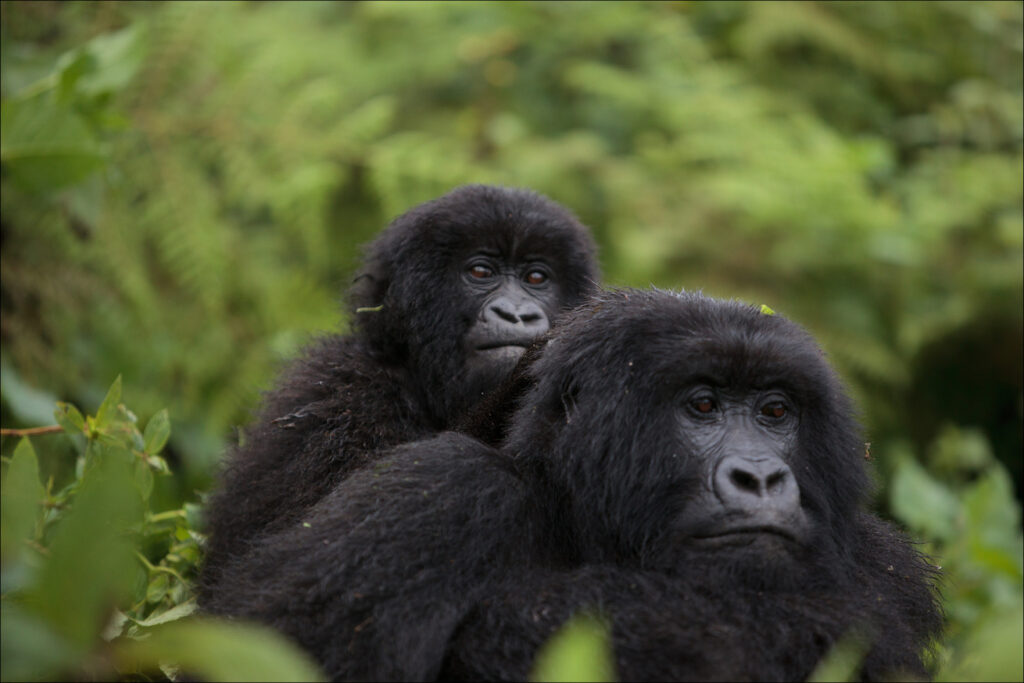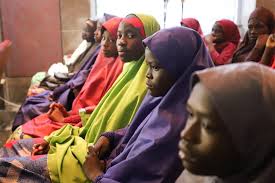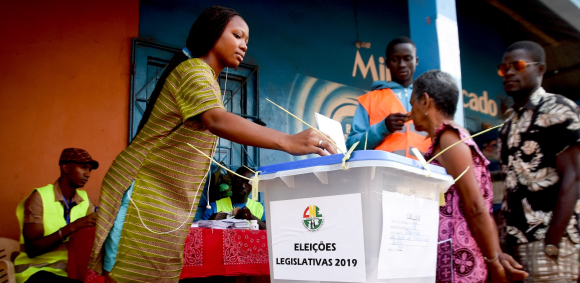New research from Rwanda’s Volcanoes National Park has revealed that female mountain gorillas form deep and lasting social bonds that significantly influence their movements and group dynamics, challenging previous assumptions that male relationships dominate gorilla social structure. Based on over two decades of data collected in collaboration with the Dian Fossey Gorilla Fund, scientists found that female gorillas consistently seek out and rejoin other females they’ve bonded with in the past, even after years of separation.
The groundbreaking study, published in the Royal Society Journal Proceedings B, tracked 56 female mountain gorillas over 20 years to understand the social and behavioral factors behind “dispersal”—the process by which gorillas leave one group to join another. Dispersal is essential to avoid inbreeding, increase genetic diversity, and build complex social networks. While both males and females disperse, the motivations and choices of females have remained difficult to study until now.

Lead researcher Victoire Martignac, a PhD candidate from the University of Zurich, emphasized the significance of these findings. “Scientifically, I don’t know if I can use the term ‘friendship,’” she said. “But we are showing that same-sex social bonds between females really matter, both socially and evolutionarily.”
What’s particularly striking is that female gorillas do not merely move based on avoiding inbreeding with familiar males they also gravitate toward females they previously socialized with, such as those they grew up alongside or had recent positive interactions with. These long-term relationships influence their decisions about which group to join, often preferring the presence of familiar female companions over unknown individuals.
Martignac explained that when a female gorilla joins a new group, she often starts at the bottom of the social hierarchy and is vulnerable to aggression from resident females. By joining a group that includes a familiar ally, the newcomer gains critical social support and protection, which can improve her status and well-being in the group.
“Resident females can be pretty aggressive toward newcomers because they’re seen as competition,” Martignac noted. “So having a known friend in the group gives the new female a social buffer.”
The findings suggest that female-female bonds are not only emotionally significant but also play a key role in gorilla group cohesion, social mobility, and survival. These insights reshape scientific understanding of gorilla social dynamics, which have long been centered on dominant males and mating hierarchies.
Studying dispersal and long-term social connections in gorillas also offers a lens into the evolutionary roots of human behavior. Just as in human societies, where relocation and social ties shape life trajectories, movement and social investment among female gorillas reveal a deep evolutionary parallel.
“Movement is a huge part of the way we live, but those decisions don’t fossilize,” said Martignac. “So we look at them in our closest evolutionary cousins to understand how these patterns emerged.”
The study also reinforces the importance of long-term field research in conservation and behavioral science. With monitoring of Rwanda’s mountain gorillas dating back to 1967, the Dian Fossey Gorilla Fund has provided researchers with an unparalleled opportunity to track individuals over decades something rarely achievable in wild primate studies.
This new understanding of mountain gorilla social behavior could have important implications for conservation strategies as well. Protecting social bonds, especially among female gorillas, may prove just as vital as protecting their habitats, as these relationships are critical to the species’ social and genetic resilience.














Leave a comment